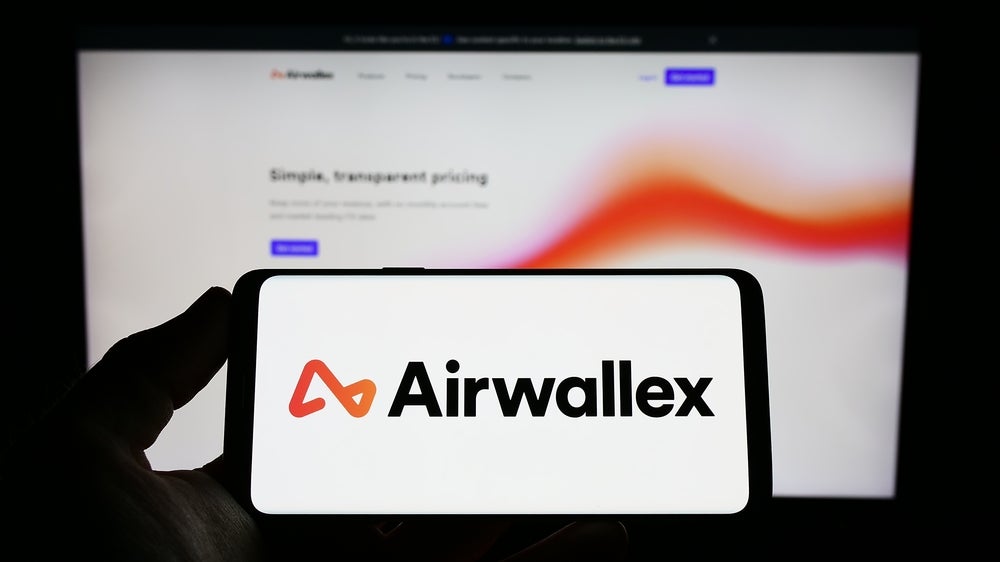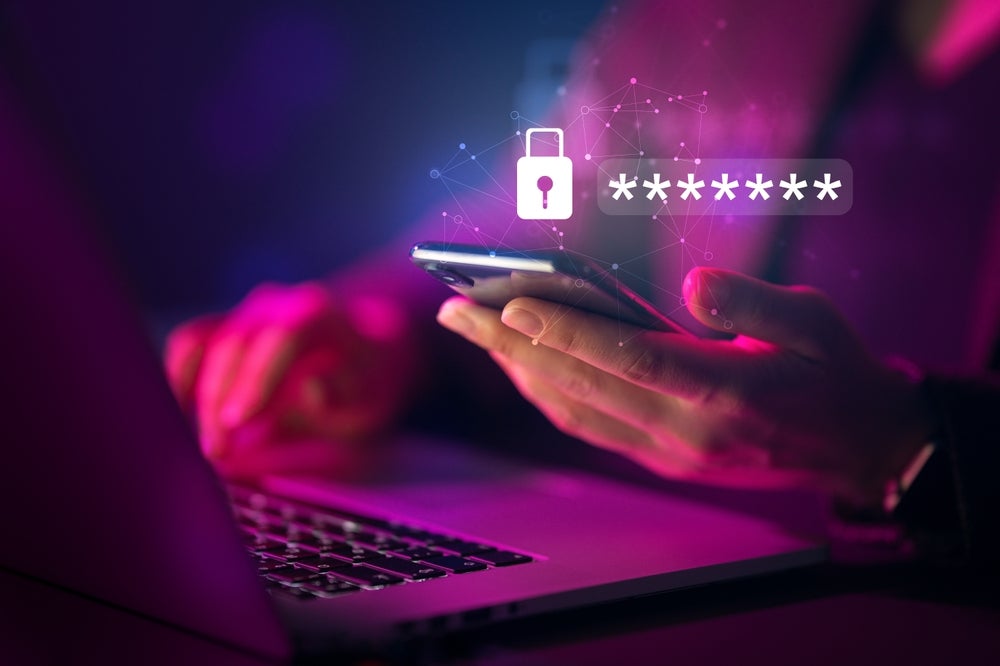popularity, financial institutions offering the service are finding
revenues are not offsetting the costs. A new report from Aite Group
points out that banks will need to look at new approaches if they
are to maximise the potential and profitability on offer, as
Charles Davis reports.
The growing cost of offering online bill payments is a puzzle for
the banking industry. Despite the obvious attractiveness of bill
payment and the revenue offered by expedited payments, financial
institutions cannot count on last-minute payments to offset the
cost of electronic bill payments, US payment consultancy Aite Group
said in a recent report, underscoring what has become a fundamental
problem for the online payments market.
The new Aite report estimates that by 2012, expedited bill payments
will help financial institutions recoup a miniscule 3 percent to 5
percent of their costs of offering slower but free online
payments.
Barriers to recovering costs
Most banks see strong value in offering bill pay and electronic
bill payment options. Nonetheless, various factors are prompting
banks to focus more on recouping their bill payment costs: the
deterioration of the profile of new online banking users, a
downward trend on the average number of payments made at
consolidator sites, greater tendency by consumers to optimise their
payment channels, and the difficult lending environment in the past
12 months, according to Gwen Bezard, Aite’s research director, who
wrote the report, Online Bill Payment: The Elusive Goal of Cost
Recouping.
Having attracted rising demand for advanced bill payment features
such as online bill payment, US banks are moving away from hoping
to reduce their bill pay cost through in-sourcing initiatives, or
so-called ‘least-cost’ routing approaches. Instead, banks are
emphasising payment services that will drive fees to recoup the
cost of offering bill pay.
How well do you really know your competitors?
Access the most comprehensive Company Profiles on the market, powered by GlobalData. Save hours of research. Gain competitive edge.

Thank you!
Your download email will arrive shortly
Not ready to buy yet? Download a free sample
We are confident about the unique quality of our Company Profiles. However, we want you to make the most beneficial decision for your business, so we offer a free sample that you can download by submitting the below form
By GlobalDataBezard wrote that banks will need to push multiple new products to
achieve decent cost recouping; expedited bill pay alone will have a
marginal impact on the online bill payment product’s profit and
loss.
Financial institutions pay third-party processors an average of
$0.44 per bill payment, Bezard found. The number of expedited
payments that consumers initiate by telephone or online will
increase 62 percent over the next four years, to 664 million annual
transactions in 2012, Aite found. However, expedited payments will
make up only 2 percent of the payments initiated online or by phone
this year, and they will make only 2.7 percent of such payments by
2012. So, while expedited payments increase, the overall rise in
free online bill payments will dwarf the revenue-rich expedited
variety.
Shift to e-payments
Aite found the shift from paper to electronic payments is in full
motion; by 2009, electronic bill payments will overtake other forms
of payments. By 2012, 64 percent of bill payments will be
electronic, up from 49 percent in 2008. The decline in
non-electronic forms of payment will stem from consumers shifting
away from mail, which is fine until one accounts for all of the
free transactions that US banks have to pay for.
By 2012, the direct billers’ share of consumer bill payments, at 31
percent, will be close to overtaking payments by mail, at 32
percent. By then, the consolidators’ share will be half that of
direct billers, accounting for 15 percent of consumer bill
payments, up from 10 percent in 2008. Direct debit’s share will
remain steady at 14 percent, and automated payments placed on cards
will grow from 3 percent to 5 percent of total consumer bill
payments.
Aite found that in the next few years, the biller direct channel
will continue to slowly but steadily increase its share compared to
the consolidator channel. By 2012, the biller direct channel will
account for 68 percent of total web and phone payments, up from 63
percent in 2004. Bezard concludes: “The consolidator channel is
very unlikely to gain any significant ground against the biller
direct channel in the next few years.”
The report stresses that bill consolidators generally underestimate
the rise of cards and their potential to further entrench
themselves as a leading bill payment vehicle.
Over the next few years, however, cards will be the fastest-growing
consumer bill payment method, growing at 15 percent annually,
compared with web and automated clearing house payments, growing at
13 percent annually, and the consolidator channel, growing at 13
percent annually.
Aite reports that by 2012, cards – including automated payments by
cards and payments made through the web and phone – will account
for 17 percent of total consumer bill payments, up from 11 percent
in 2008. The consolidator channel’s share of consumer bill payments
– up from 10 percent in 2008 to 15 percent by 2012 – will continue
to trail that of cards.
Over the next few years, consumers will continue to primarily
favour one-time payments at their biller website or via the call
centre over scheduling automated payments on their cards when using
their cards for bill payments.
Split to remain
“Today, 70 percent of card payments are one-time payments, while 30
percent are automated,” wrote Bezard. “We expect that split to
remain steady over the next few years as consumers continue to
value control over convenience. As a result, both card bill pay
methods should continue to grow at the same pace.”
Although the consolidator channel will continue to gain market
share over the next few years, the biller direct channel will
continue to rise in prominence, while the use of cards – a payment
method mostly unsupported by the consolidator channel today – will
become more mainstream.
If, as Aite predicts, expedited bill payment on its own is unlikely
to be the big cost recouping scheme touted by some vendors, then
introducing card-based bill payment seems a lot more promising,
Bezard wrote, since it could potentially recoup 16 percent of an
institution’s bill payment costs by 2012. That is assuming a large
number of banks introduce card-based bill payment; that
consolidators capture 10 percent or more of card-based bill payment
that would normally have occurred through the biller direct
channel; and that card-based bill payment is offered at no extra
cost to banks.
“Even in optimistic scenarios, none of the products currently
touted by processors are likely to help banks recoup the majority
of their bill payment processing costs when used alone,” wrote
Bezard.







